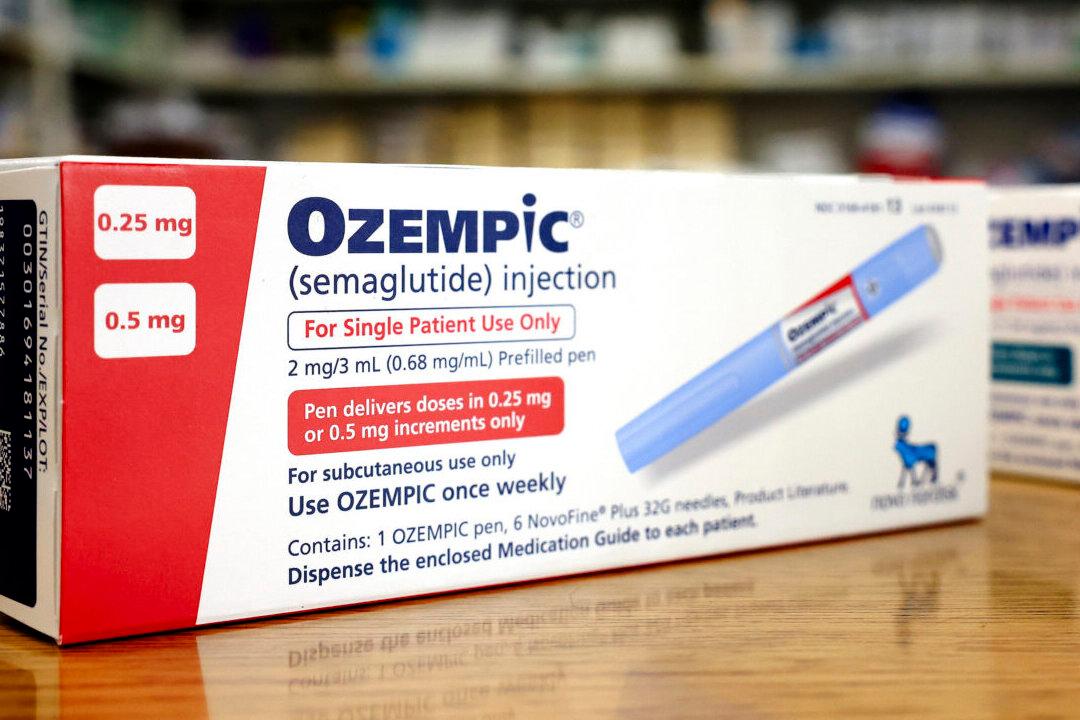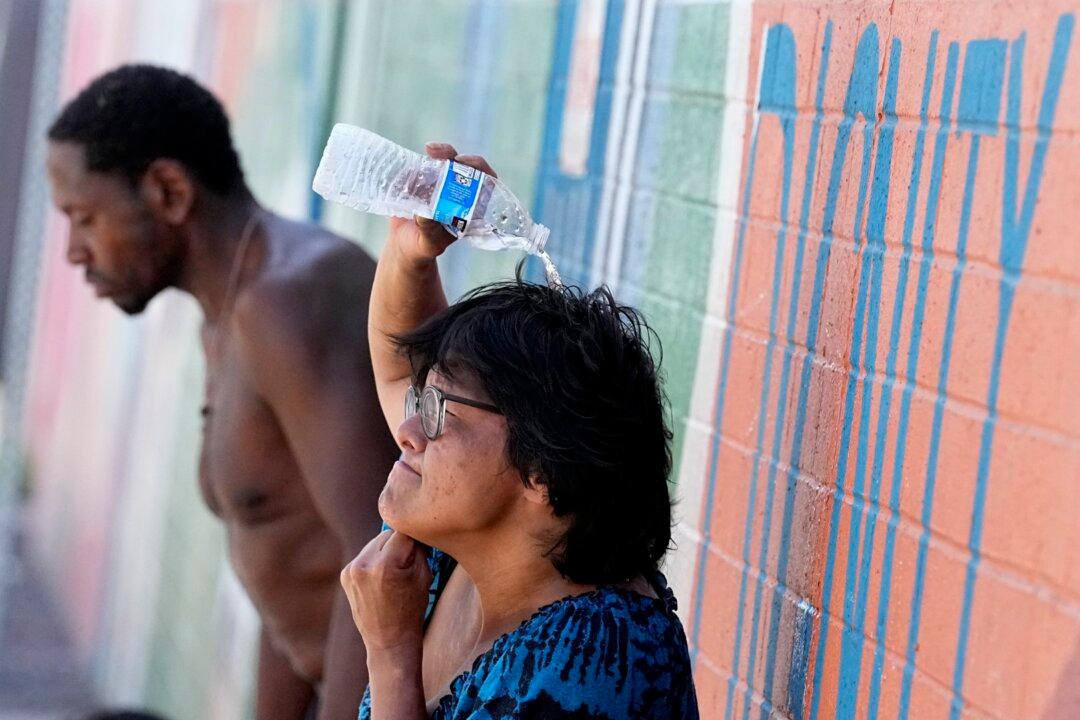Data released on July 12 by the Bureau of Labor Statistics (BLS) showed that the Consumer Price Index (CPI) rose 0.2 percent in June, behind a 0.1 percent increase in May. Overall, there was an increase of 3.0 percent over the last 12 months before a seasonal adjustment.
However, inflation has recently slowed dramatically across the country, except for big cities in the Sunshine State.
The greatest increase is being seen in the Tampa/St. Petersburg area where the overall CPI is up 7.3 percent and housing is up 3.4 percent. Miami, Fort Lauderdale, and West Palm Beach have seen an overall CPI hike of 7.9 percent, while housing in these areas has risen 5.7 percent.
As explained by The Epoch Times in May, “Inflation is the devaluation of currency over time, meaning as goods and services become more expensive, the buying power of your money decreases.”
The BLS is responsible for reporting the CPI, which reflects the price change paid by consumers for goods and services over a period of time.
The Personal Consumption Expenditures (PCE) price index, developed by the Bureau of Economic Analysis, is another measure of inflation. While most people are not as familiar with the PCE as they are with the CPI, the core PCE price index—which excludes the food and energy categories included in CPI calculations—is important because it is used by the Federal Reserve to inform their monetary policy.
While 2022 CPI reports gave shelter a “relative importance” of roughly 34 percent, the PCE weighed shelter at around 16 percent.
But why is Florida faring so poorly compared to the rest of the country when it comes to inflation? The answer may be related to Florida’s ongoing population surge.Home Prices
According to the BLS report, the index for shelter rose by nearly 7.8 percent, accounting for 70 percent of the overall CPI increase.





